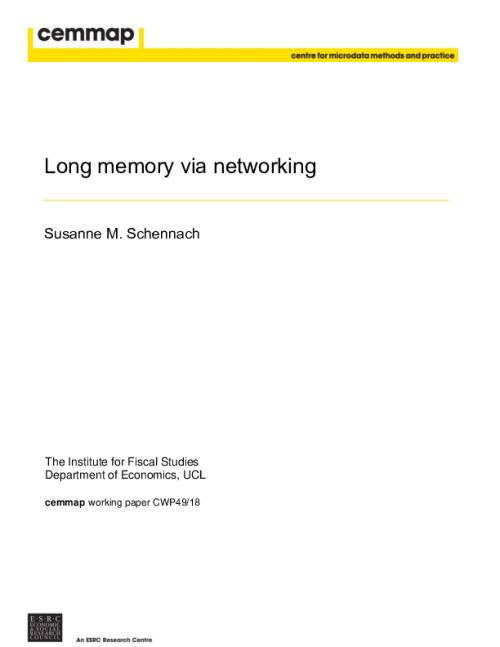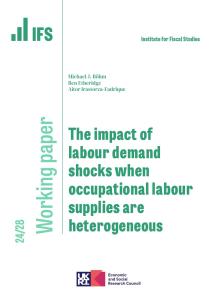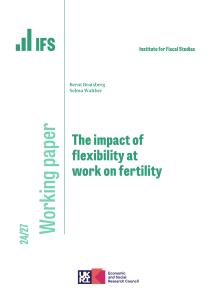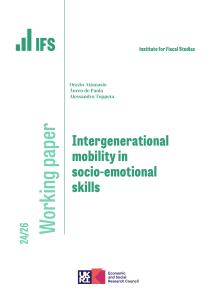Many time-series exhibit “long memory”: Their autocorrelation function decays slowly with lag. This behavior has traditionally been modeled via unit roots or fractional Brownian motion and explained via aggregation of heterogenous processes, nonlinearity, learning dynamics, regime switching or structural breaks. This paper identifies a different and complementary mechanism for long memory generation by showing that it can naturally arise when a large number of simple linear homogenous economic subsystems with short memory are interconnected to form a network such that the outputs of the subsystems are fed into the inputs of others. This networking picture yields a type of aggregation that is not merely additive, resulting in a collective behavior that is richer than that of individual subsystems. Interestingly, the long memory behavior is found to be almost entirely determined by the geometry of the network, while being relatively insensitive to the specific behavior of individual agents.









